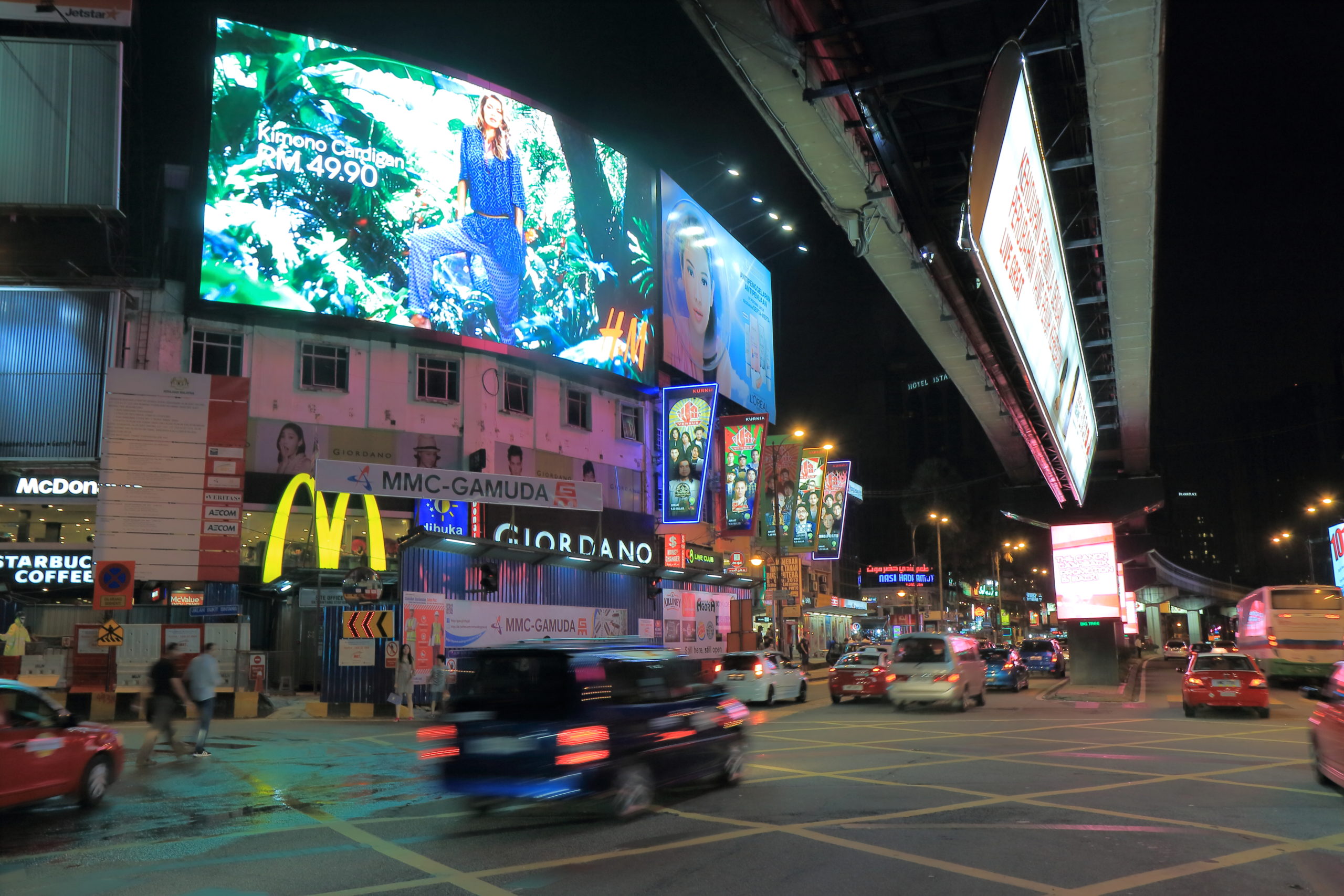Opponents of the Trans-Pacific Partnership (TPP) free trade deal have cited currency and labor concerns. The currency part took me to the Big Mac while the labor issues are reminiscent of NAFTA. Let’s just look at the currency part today and save labor (and fashion) for tomorrow.
Where are we going? To how weaker currencies affect our purchasing power.
The Price of a Big Mac
As of January 2015 an average Big Mac in the U.S. was $4.79. In Malaysia, $4.79 could buy you more than two Big Macs. Similarly, you can see below that for seven of the 10 TPP countries in the graph, the U.S. dollar has considerable purchasing power.

Where are we going? To how the U.S. can benefit from weaker currencies.
Consumer Spending
During the 1990s, Galesburg Illinois lost its Maytag refrigerator factory. Moving to Mexico, the factory departed with jobs on which Galesburg citizens depended. Feeling the impact of citywide unemployment, the local appliance store at first saw its bottom line suffer. Soon though cheaper imported high definition TVs arrived and offset the slump.
Those cheaper imports disproportionately help low income households. In a recent NBER working paper, scholars indicated a 62 percent purchasing power gain for lower income households in the 10th percentile. Benefiting much less, those in the 90th percentile experienced a mere three percent boost.
In the U.S., for consumption expenditures, free trade has a pro-poor bias. With low income households focusing purchases on tradable goods, they enjoy lower prices. Meanwhile, more affluent households allocate a higher proportion of their income to services that have little connection to international trade.
You can see the unequal gains in spending power from trade in these countries:

Our Bottom Line: Consumer Spending
Thinking economically, we can see below a high domestic price for an item–maybe TVs. Then cheaper TVs enter the country and the supply curve becomes the (elastic) horizontal green line near the bottom of the graph. At that price, domestic producers are willing and able to produce a very small quantity.

Who can send us those inexpensive imports? Most likely, the countries that sell a cheap Big Mac.







Uber, the world’s largest taxi company, owns no vehicles. Facebook, the world’s most popular media owner, creates no content. Alibaba, the most valuable retailer, has no inventory. And Airbnb, the world’s largest accommodation provider owns no real estate. Something interesting is happening.